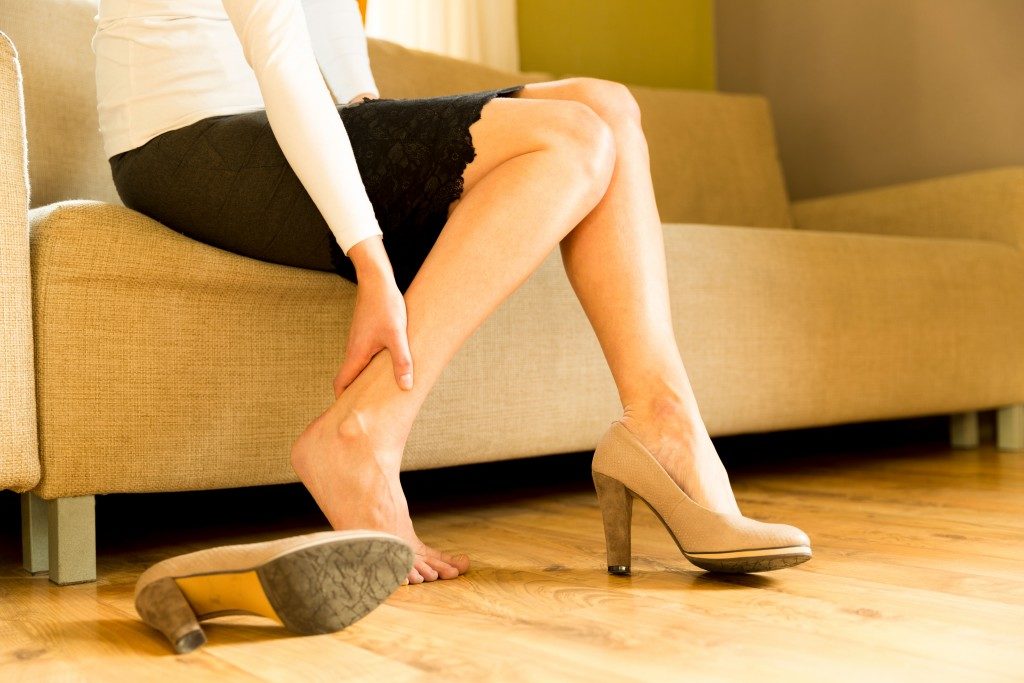RLS or restless leg syndrome is basically a condition characterized by discomfort in the legs when a person is lying or sitting down. It can manifest in both women and men, and at any age. RLS, however, becomes worse with age so it’s generally an issue that’s more common in older adults.
It could make moving around and sleeping uncomfortable and more challenging.
Common Restless Leg Syndrome Causes
Experts still don’t know the exact causes of restless leg syndrome, but that certain cases are associated with underlying conditions such as kidney failure, iron deficiency, and even pregnancy. Some cases are likewise hereditary.
In addition, certain medications are known to make symptoms of RLS worse, including allergy and cold medicines with antihistamines, antidepressant drugs, antipsychotic drugs, and anti-nausea meds.
Symptoms of Restless Leg Syndrome
Individuals with RLS usually say that it’s hard to describe what they’re actually feeling. Some say that they feel creepy-crawlies inside their legs that moving, even when hard, is the only way to ease their discomfort.
Others experience a burning, tingly, or achy feeling in their legs, making it very hard to sit for a long time or go to sleep. Some individuals also feel their legs twitching when they try to sleep. And while moving the legs alleviates their symptoms for some time, they usually come back once they lie or sit down again.
Reducing Restless Leg Syndrome Symptoms
Unfortunately, you can’t really prevent RLS because no one really knows for sure what causes it. However, you can do the following to help reduce your symptoms:
Reduce or completely eliminate your alcohol, tobacco, and caffeine intake.
- Try OTC pain relievers to ease restless sensation and twitches.
- Massage your legs or order massage chairs to help your legs and entire body relax prior to going to bed.
- Apply cold or warm packs to help ease the sensations you feel your legs.
- Consider relaxation techniques like meditation to help calm and relax before sleeping and after waking up.
- Try winding down and going to sleep and waking up at the exact same time every day. Make sure to get adequate restful sleep.
- Consider exercising, if you aren’t already, but make sure not to overexert yourself. Take note that working out intensely or at a later time each day might worsen your symptoms.
Diagnosing and Treating Restless Leg Syndrome

If you suspect that you might be suffering from restless led syndrome, inform your doctor of your specific symptoms. Be prepared to answer questions such as what exactly you’re feeling, when they begin, and what you do to ease your symptoms.
Your doctor may likewise ask if you know of anyone in your family who have restless leg syndrome. If you are taking any medications, even OTC drugs, make certain to inform your doctor because some medications may actually make RLS symptoms worse.
It’s also vital to know that for most cases, the best treatment is usually a combination of lifestyle changes and various medications so it’s important that you follow through with your doctor’s recommended treatment plan to help you manage your RLS better.

